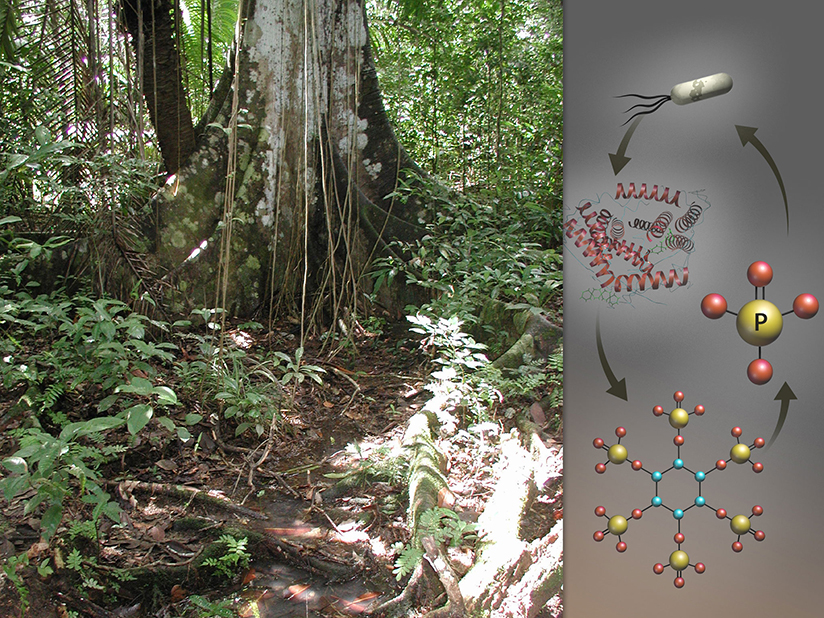
Data Dive: How Microbes Handle Poor Nutrition in Tropical Soil
High-performance computing reveals the relationship between DNA and phosphorous uptake.

High-performance computing reveals the relationship between DNA and phosphorous uptake.

Global models may be underestimating net wetland methane emissions.

This research offers new information to understand the role of microorganisms in elemental cycling in the Arctic.

Multiple techniques to characterize an enzyme complex shed light on how bacteria create particles and contribute to global cycles.
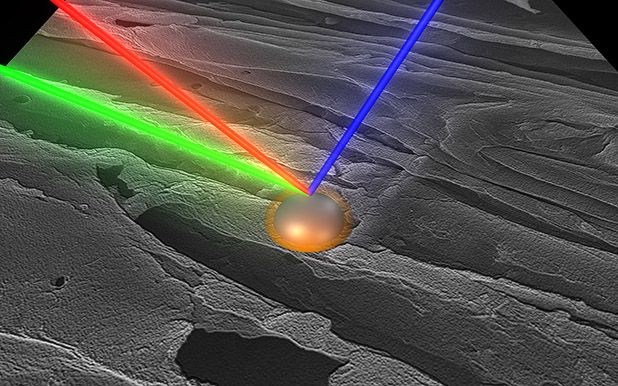
Molecular-level understanding of cellulose structure reveals why it resists degradation and could lead to cost-effective biofuels.
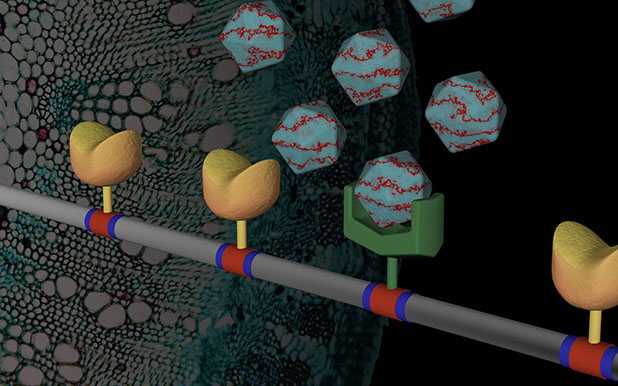
Lignocellulose-degrading enzyme complexes could improve biofuel production.
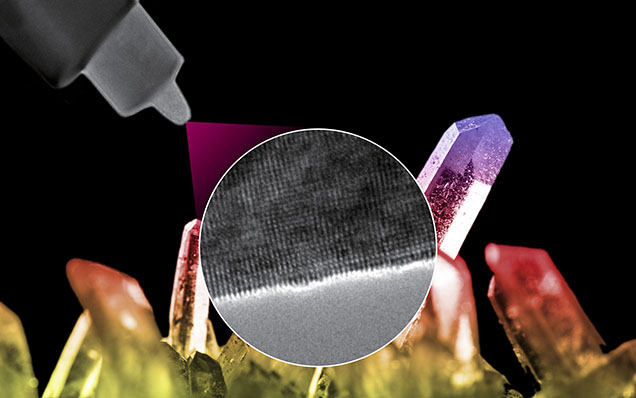
The force that enables nanosize crystals to grow could be used to design new materials.

Scarce compound is key for cellular metabolism and may help shape microbial communities that affect environmental cycles and bioenergy production.
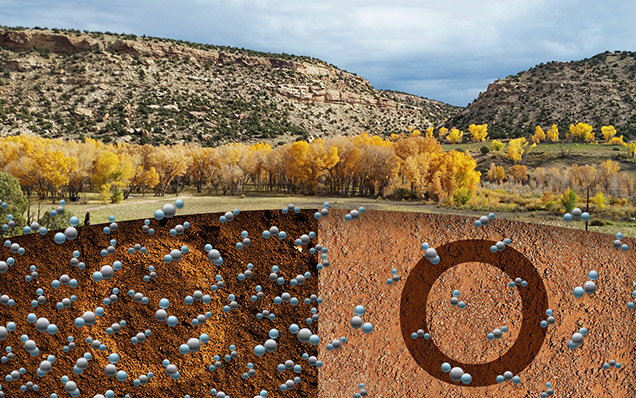
Microbes leave a large fraction of carbon in anoxic sediments untouched, a key finding for understanding how watersheds influence Earth’s ecosystem.

New strategy significantly increases the production and secretion of biofuel building block lipids in bacteria able to grow at industrial scales.
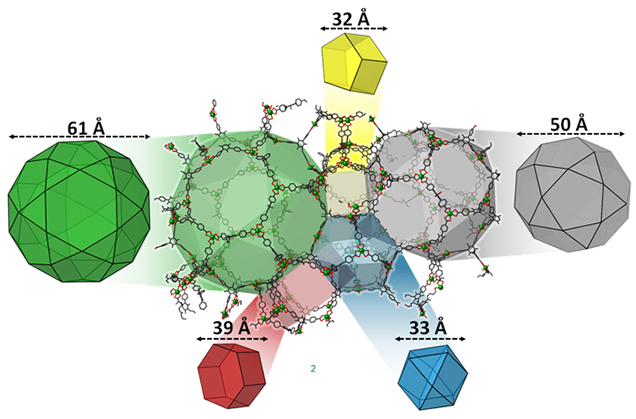
A new uranium-based metal-organic framework, NU-1301, could aid energy producers and industry.
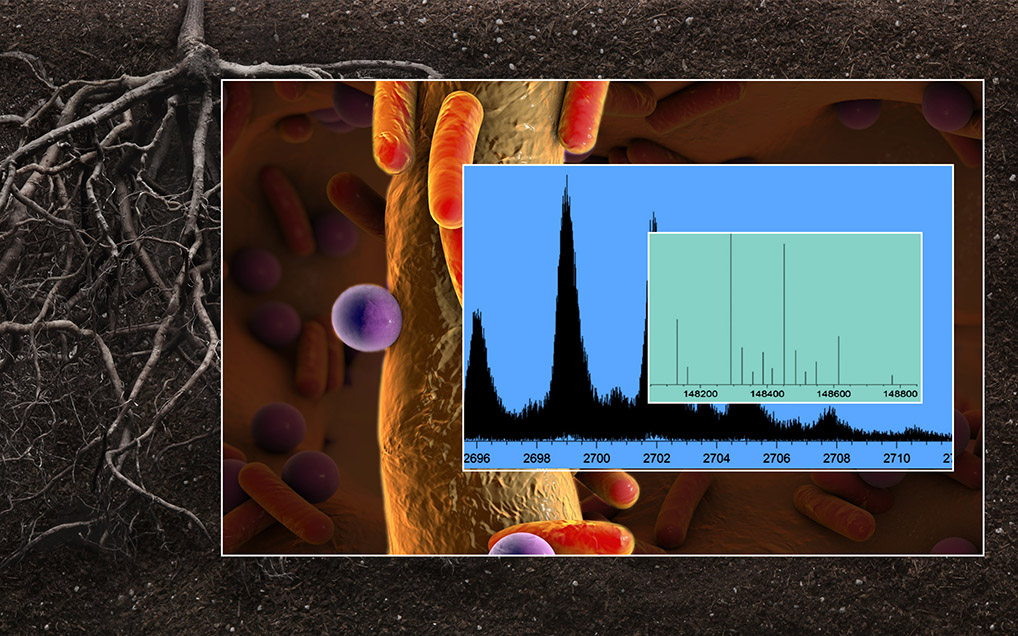
State-of-the-art mass spectrometer delivers unprecedented capability to scientists.